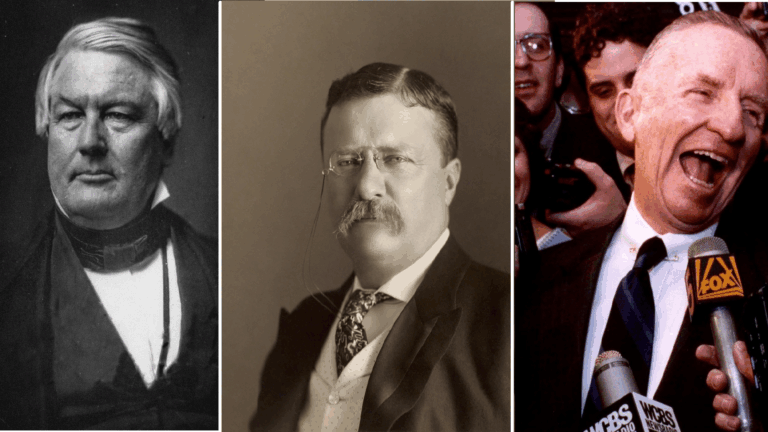Whilst in nascent studies of state-socialism many argued that these regimes advanced towards a gender equal society, it soon became clear that gender differences persisted in state-socialism. On the surface it seemed that with universal suffrage (which was introduced very soon after the 1917 Revolution) and women’s inclusion in politics, the Eastern Bloc provided better opportunities and equality for women. In Hungary the case seemed to be similar – with the country going through a rapid industrialisation, women’s participation in the workforce rapidly increased; by the 1970s, most working aged Hungarian women had full-time employment and their enrolment to all levels of education was comparable to that of men. Whilst on the surface the cause of women’s equality seemed to have been achieved in the Eastern Bloc, upon closer examination it turns out that the gender inequality was worse under Communism than in Western liberal societies.
In 1949 the female participation rate in the economy was only 35 per cent, but by 1970 it had increased to 64 per cent. However, among Hungarian Roma women, the participation rate was as low as 30 per cent even in the 1970s which shows how little attention was given to ethnicity related issues within the class of “women”.[1] The increased female participation rate did not bring about quality jobs for women either. In the 1970s in Pest County the proportion of skilled labour force among men was 40 per cent while among women it was as low as 15 per cent.[2] Consequently, the gender pay gap in Hungary was enormous under state socialism with men earning up to 70 per cent more than their counterparts.
Despite women’s increasing inclusion into the workforce and education, there was very little attempt to end the double burden of women (employed work and household duties). In the mid 1960s, even high-income earning women devoted more than twice the amount of time to domestic duties than men; on average women worked 3.8 hours in the house while men did only 1.4 hours of work.[3] In Hungarian rural areas the situation was even worse – the shortage of child-care facilities forced women to take unpaid leave from their work to take care of their families, which further worsened the opportunity gap between the two genders.
The Communist man, who aimed to replace the rational self-interest seeking man of capitalist societies, was inherently biassed towards men
Éva Fodor argues that the inequalities that persisted under state-socialism between the genders are inherent to the regime’s ideology. The Communist man, who aimed to replace the rational self-interest seeking man of capitalist societies, was inherently biassed towards men. The main characteristic of the Communist man was total devotion to the Party, selflessly working for the common good. As women in the household had other responsibilities too, their devotion to the Party was not as complete as that of men; they were disadvantaged in one-party state-socialist regimes. Women’s perceived political devotion and reliability to the state was damaged by their child rearing duties – since they prioritised their children over their duties for the state, women were seen as politically inferior to men, who could demonstrate complete devotion to the Party.[4]
Although in Hungary, before 1956, some gender quotas were at place, their enforcement was weak and dubious. In his self-criticism after the Revolution, one of the leading politicians of state-socialist Hungary admitted that they were interested in only having the ‘right number of women’ in positions of responsibility, instead of genuinely working on women’s equality in representation.[5] As a result, there were precedents of male representatives refusing to speak to their fellow female colleagues. Both this example, as well as numerous state-socialist political documents demonstrates, that corresponding with Éva Fodor’s argument, the state-socialist political regime believed women to be ‘political backward’ whose participation in politics is naïve and unreliable due to their choice to prioritise their other (child rearing) responsibilities over their duties to the Party and Ideology.[6]
[1] Susan Zimmermann, “Gender Regime and Gender Struggle in Hungarian State Socialism”, Gender, the Body, and Sexuality, Volume 4 (2010), 2.
[2] Zimmermann, Gender, the Body, and Sexuality, 3.
[3] Zimmermann, Gender, the Body, and Sexuality, 6.
[4] Éva Fodor, ’Smiling Women and Fighting Men – The Gender of the Communist Subject in State Socialis Hungary’, Gender & Society, Vol. 16 No. 2 (April, 2002), 244.
[5] Fodor, Gender & Society, 250.
[6] Fodor, Gender & Society, 253.








